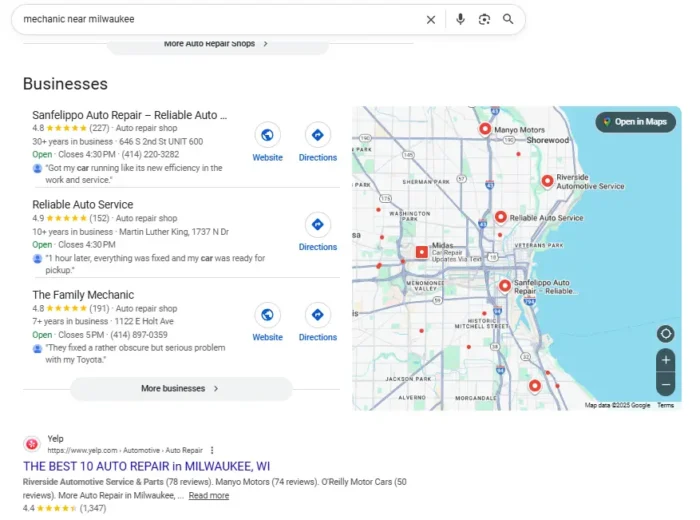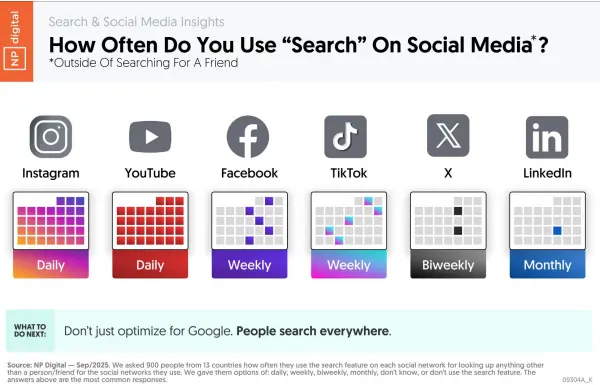LG’s latest smart monitor can roll on wheels, but needs a power plug
LG has come up with the Smart Monitor Swing, a unique mobile display that combines a 31.5-inch 4K UHD IPS touchscreen with a stand featuring built-in wheels. Designed for users who prioritize portability, the Swing is said to be...

 LG
LG
LG has come up with the Smart Monitor Swing, a unique mobile display that combines a 31.5-inch 4K UHD IPS touchscreen with a stand featuring built-in wheels. Designed for users who prioritize portability, the Swing is said to be a follow-up for LG’s StanbyME portable screen.
Unlike the StanbyME, there is no built-in battery as the monitor comes with a dedicated power adapter, a questionable choice since one would be restricted by the length of the power cord itself.
According to the product video, the display and stand are easy to install or dismantle with the push of a button. The screen is connected to a fully articulating arm that can tilt, swivel, and rotate into portrait orientation. It’s designed to serve multiple use cases ranging from a vertical dashboard for productivity apps to a horizontally aligned media hub.
 LG
LGRunning on webOS, LG says that the Smart Monitor Swing doesn’t need a PC to function. Users can install apps directly onto the monitor, stream content, attend video calls, or browse the web using the included remote or touch controls.
The monitor is equipped with three USB-C ports, offering up to 65W of power delivery, and two HDMI ports, allowing one to connect laptops, game consoles, or other devices. There’s also built-in stereo speakers that eliminate the need for external audio in most scenarios.
 LG
LGLG says the Smart Monitor Swing is targeted at content creators, digital signage, hybrid workers, and anyone who values a flexible and clutter-free workspace. For clean aesthetics, the monitor’s design also includes cable management along and a hidden power adapter compartment in the base of the stand.
 LG
LGAs of now, the company has not confirmed whether the product will be available globally, but the new Smart Monitor Swing is reportedly going on sale in South Korea starting April 24 via its official online store. The monitor is priced at 1,049,000 Won in South Korea, which is approximately $740 USD.
Kunal Khullar is a computing writer at Digital Trends who contributes to various topics, including CPUs, GPUs, monitors, and…
Google demos its smartglasses and makes us hanker for the future

At a recent TED talk, Google’s exciting XR smartglasses were demonstrated to the public for the very first time. While we’ve seen the smartglasses before, it has always been in highly polished videos showcasing Project Astra, where we never get a true feel for the features and functionality in the real world. All that has now changed, and our first glimpse of the future is very exciting. However, future is very much the operative word.
https://www.ted.com/talks/shahram_izadi_the_next_computer_your_glasses?utm_campaign=tedspread&utm_medium=referral&utm_source=tedcomshare
The HP Victus gaming PC with RTX 4060 is under $1,000 with this deal
Replacing your aging gaming desktop doesn't have to leave a huge dent in your wallet, as there are affordable options like the HP Victus 15L. The price for this configuration with the Nvidia GeForce RTX 4060 graphics card is even lower right now, following a $350 discount from HP. Instead of $1,200, you'll only have to pay $850, but only if you hurry because this offer may not last much longer. A lot of gamers are looking for a budget-friendly upgrade from gaming PC deals, so secure your purchase as soon as possible before stocks run out.
Why you should buy the HP Victus 15L gaming desktop
Kagi’s AI search assistant gives you access to all the big models in one place
Kagi's "Assistant" feature, previously only available to Ultimate subscribers, is now rolling out to all tiers -- including the free trial tier. The feature gives you access to a range of different LLMs for both chatting and web-searching purposes.
If you don't know much about Kagi, it's a paid search engine that borrows its name from the Japanese word for "key." The concept is simple -- with Google, you pay for the service by allowing ads and data collection. With Kagi, you pay for the service with money to get a private and ad-free experience.

 Koichiko
Koichiko 














/cdn.vox-cdn.com/uploads/chorus_asset/file/25833769/STKR001_NINTENDO_SWITCH_2_A.jpg)


















